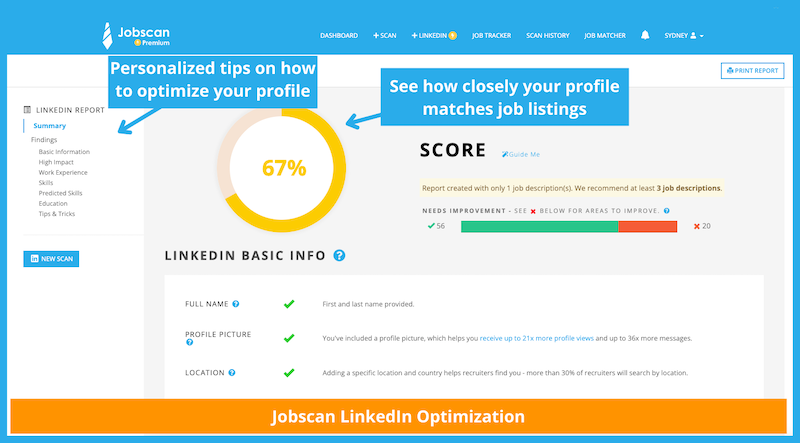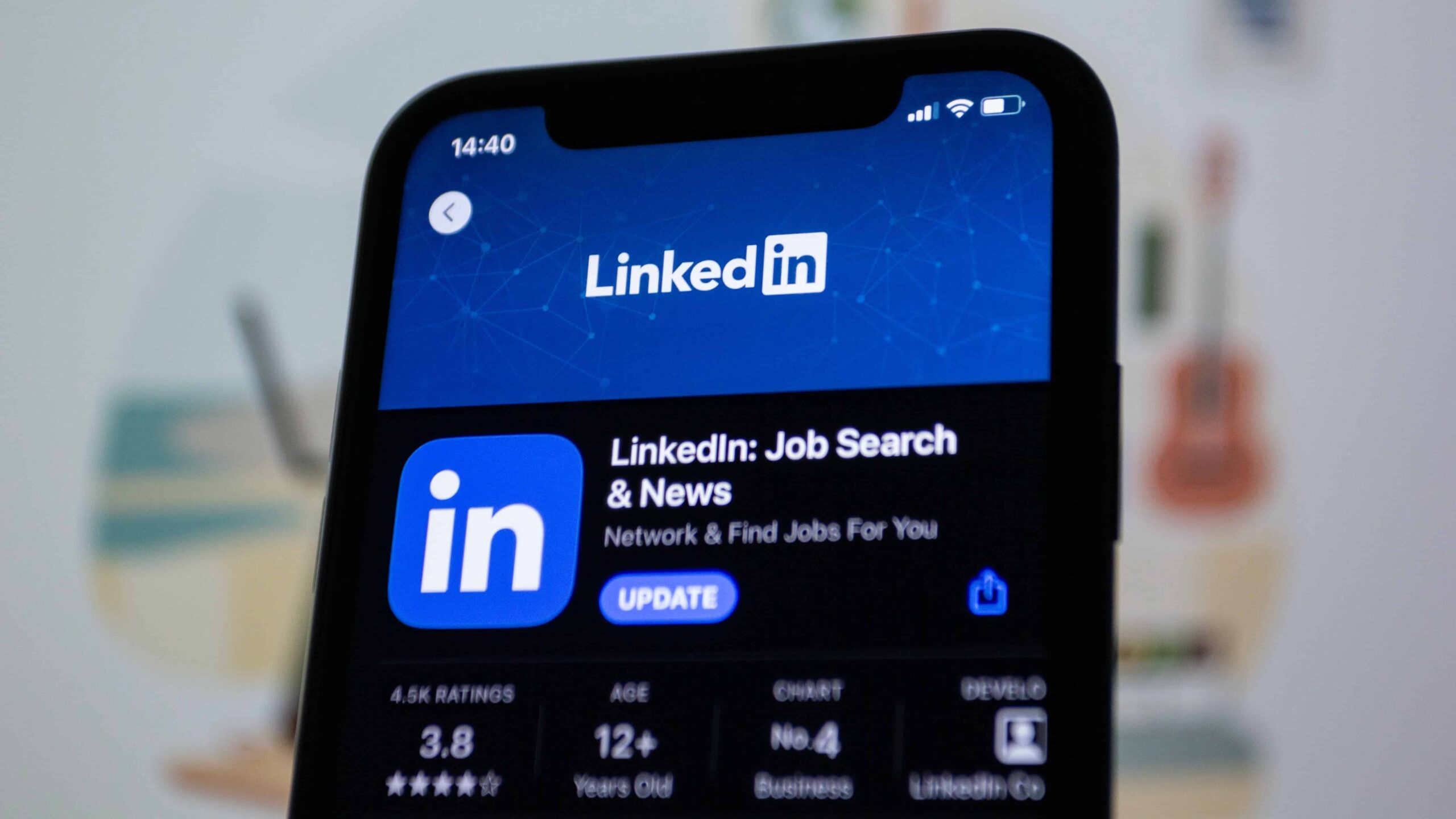A new report by LinkedIn reveals the emerging trends that are expected to shape the recruitment landscape in the coming years.
This report is based “on dozens of interviews with global talent leaders, surveys of thousands of recruiting pros, and analysis of billions of data points generated on LinkedIn.”
Why should job seekers like you care? Because the report offers a detailed analysis of what employers are searching for today (and tomorrow). This information can help you stay ahead of the curve in your job search.
Here are the key points of the report:
Skills-first hiring is the future of recruitment
The most important part of the LinkedIn report for job seekers is that employers are shifting their focus to skills-first hiring.
Skills-first hiring is about focusing on a candidate’s skills rather than more traditional things like education, job titles, and past employers. This approach allows recruiters to find the best candidates for a job, regardless of their background or pedigree.
For recruiters, the question is “how do we get better at filtering in, not filtering out?” says Jennifer Paylor, Head of Global Talent Innovation & Skills Transformation at Capgemini. “Recruiters have been trained to copy and paste a job description so they can hire really, really fast. They’re not really looking at what the work requires and what skills are needed. That’s starting to change.”
According to the LinkedIn report, 75 percent of recruiters say that skills-first hiring will be a priority at their company in the coming year. And recruiters searching on LinkedIn for candidates say that they are:
- 25 percent more likely to search by skills than they were three years ago.
- 50 percent more likely to search by skills than by years of experience.
Clearly, if you want to attract the attention of recruiters, you should add skills to your LinkedIn profile.
One of the best ways to do this is to use Jobscan’s LinkedIn Optimization tool. This easy-to-use tool scores your LinkedIn profile based on a variety of factors, including your skills! It then gives you tips on how to improve your score.
Skills are becoming more valuable than a college degree
One of the biggest takeaways from the LinkedIn report is that the traditional four-year college degree is no longer the only path to success. Employers are realizing that people without a college degree can still have the skills their organizations need.
As a result, more job openings today don’t require a four-year degree.
Right now, 20 percent of job postings on LinkedIn don’t ask for a degree. And the share of these types of job posts grew by 30 percent during the last half of 2022.
Skill-based hiring promotes diversity and inclusivity
According to the LinkedIn report, skills-based hiring will “shine a light on overlooked talent”. The result will be a more diverse and inclusive workforce.
Skills-based hiring helps job seekers from underrepresented groups by creating a pathway to employment that hasn’t always been open to them.
Many of these job seekers haven’t attended college. But this doesn’t mean they don’t have the skills and potential to succeed. And, the report says that having the right combination of skills and experience will become more important than having an elite background.
“Scrappy, self-taught types won’t have shiny brand names on their resume,” says Clyde Seepersad, the CEO of the Linux Foundation. “Local community colleges are a great source of nascent tech talent that big employers never ever recruit from.”
How can you prepare for a future with more skills-based hiring?
As a job seeker, you might be wondering, “How can I take advantage of this new emphasis on skills in hiring? The short answer is – work on your skills.
To help you, here are five strategies for developing and showcasing your skills:
1) Build up your skills
You can develop your skills by taking courses or training programs. You can also earn certifications, volunteer, or complete internships or apprenticeships.
Today, it’s easier than ever to develop skills on your own. Check out websites like Coursera, edX, Udemy, and LinkedIn Learning. They all offer courses on a wide range of topics. Many of these courses are free or low-cost, and you can access them from anywhere in the world at any time.
2) Learn new skills at your job
At work, try taking on new projects that are outside of your comfort zone. This isn’t giving yourself more work. It’s investing in your future.
Many companies offer training programs or workshops to help employees develop new skills. Take advantage of these opportunities to learn and grow.
3) Create a strong online presence
Become more visible online by creating a professional LinkedIn profile or building a personal website.
Having an online presence makes it easier to network and build relationships. This is probably the best way to find out about job opportunities and put yourself in the job mix.
94% of recruiters use LinkedIn to vet job candidates. Optimize your LinkedIn profile and show that you’re a recruiter’s perfect candidate.

Click here to start optimizing your LinkedIn profile
4) Identify the skills required for the job before applying
Read the job description for each job you apply to. Pick out the specific skills the employer is looking for. Then tailor your resume and cover letter to highlight those specific skills (if you have them).
Don’t send out the exact same resume with each job application. This kind of one-size-fits-all approach has never been a good idea. But it’s even less effective now that employers are prioritizing specific skills.
5) Emphasize your transferable skills
Transferable skills are valuable because you can apply them to any job in any industry. These skills include problem-solving, communication, teamwork, time management, and more.
Your transferable skills are especially important if you don’t have much experience in the industry. They can also help if you’re looking to make a career change.
Use Jobscan’s resume scanner to analyze your resume and compare it to the job listing you want to apply for. You’ll quickly get a score that tells you how close your resume matches the job description.
The higher the score, more likely it will attract the attention of a recruiter. Try it now for free.
Key takeaways
- Skills-based hiring is becoming more important. Employers are now focusing more on skills and less on traditional credentials like education and job titles.
- The value of a college degree is declining. Employers are recognizing that people without a degree can still have the skills and knowledge they need.
- Skills-based hiring promotes diversity and inclusivity. It does this by creating more opportunities for job seekers from underrepresented groups.
- You can prepare for this shift. You can build up your skills through courses, training programs, and volunteering. You can also take on new responsibilities at work.
- You should customize each resume. Don’t send out the same resume! Instead, tailor it to highlight the specific skills that employers are looking for.
This post contains affiliate links. If you use these links to buy something we may earn a commission.
More expert insights on this topic:





















